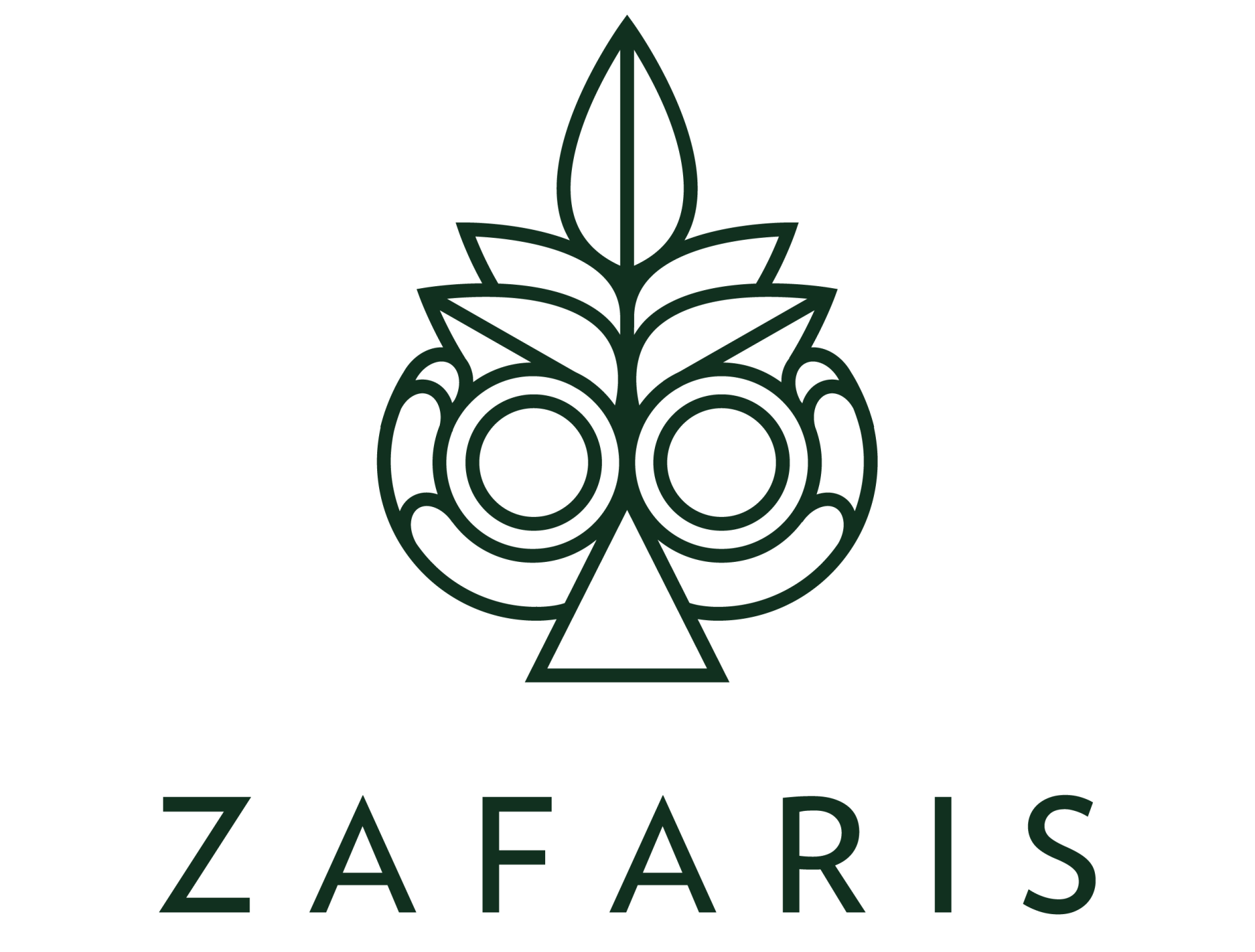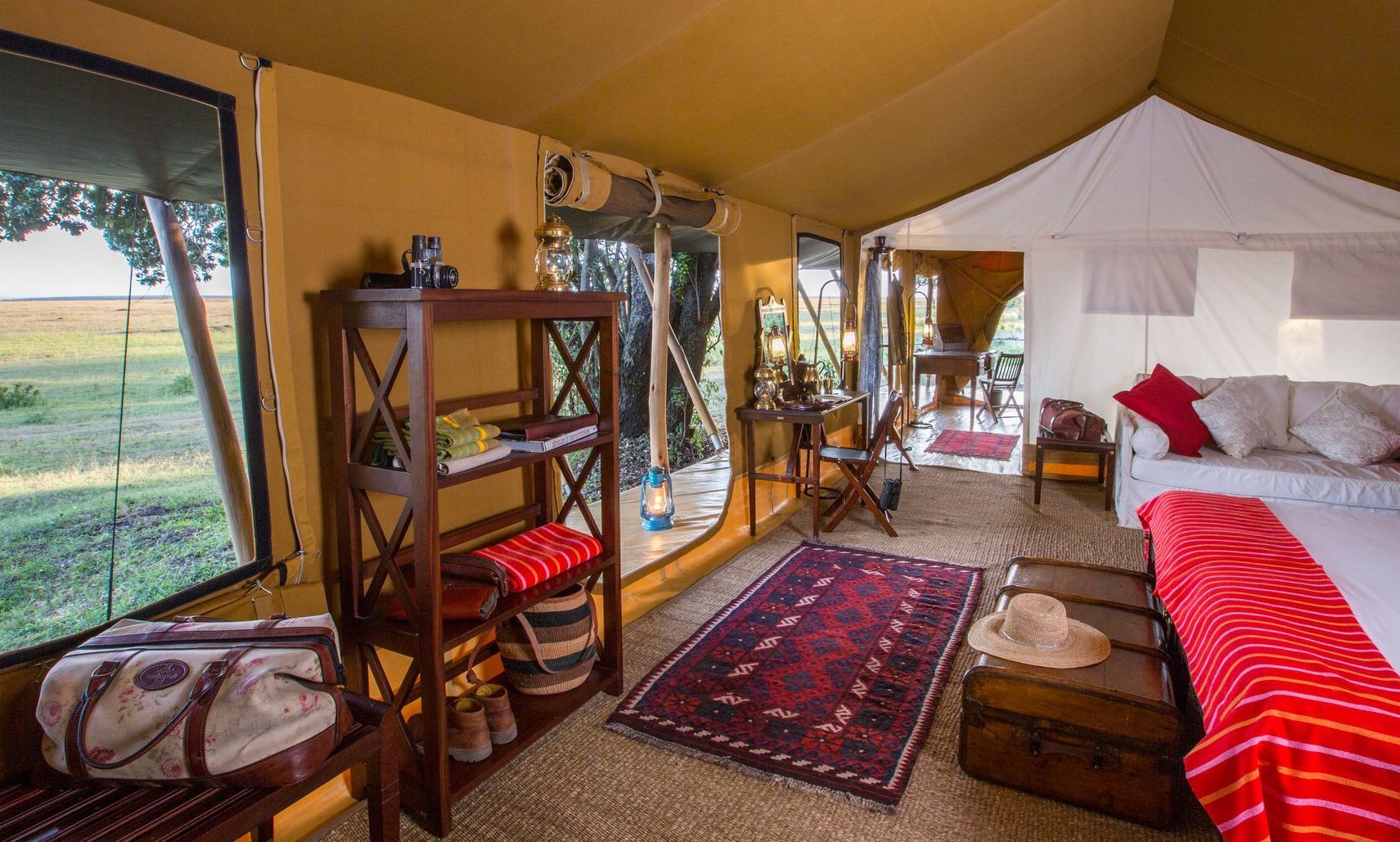STOP THE MIGRATION MADNESS
Beat over tourism by choosing a private conservancy safari
We just don't do mass tourism. And certainly not the madness we've been seeing coming out of this year's Great Wildebeest Migration in both Tanzania's Serengeti National Park and Kenya's Masai Mara National Reserve. Frankly, we've been shocked by some of the appalling videos of hundreds of vehicles pursuing hapless animals in their quest to cross rivers so we've come up with a way to stop the migration madness and blatant overtourism by sending you somewhere altogether more humane - the private conservancies on the edges of the Serengeti and Mara, where wildebeest and zebra are left in peace to do what they do and we just sit back and watch without interfering...
There's not much out there that really gets our goat. We're fairly laid back when it comes to letting everyone have a fair bite of the safari apple and as long as everything benefits people and planet, we're as chilled as proverbial cucumbers in a nice cold fridge. But upset the delicate balance and start behaving like absolute cowboys (apologies in advance to actual cowboys - we love Yellowstone, and you) and we're going to have something to say about it.
Which is why we're taking a stand on the absolute fiasco of more vehicles than wildebeest where the great migration is concerned. There's nothing great about safari guides driving like they're F1 wannabes, going hell for leather after 'beesties, behaving worse than any animal would, predators included.
We absolutely do NOT want our guests to experience the migration in this way. And we absolutely do NOT want animals and the environment treated with such little respect. So, we're promoting a more friendly approach to the migration by highlighting the excellent private conservancies on the edges of the Serengeti and Masai Mara where you just get wildebeest, and zebra, and the usual natural hubbub and none of that inhumane madness masquerading as tourism.
Do you get the same migration experiences? Hell yes. Just without the Black Friday vibe and more vehicles than animals. Let's explore the options...
Mara North Conservancy, Kenya
First up is the Mara North Conservancy (MNC) - a stunning private wilderness stretching over 28,377 hectares, located in the north-western part of the Masai Mara ecosystem, right where it borders Kenya’s renowned Masai Mara National Reserve. Established in 2009, this not-for-profit conservancy is the result of a unique partnership between 12 tourism partners — including camps, lodges, and riding outfits — and more than 1,000 Maasai landowners. Together, they’re committed to creating a world-class conservation area with a long-term focus on preserving the environment, supporting wildlife, and empowering local communities.
MNC champions low-density tourism, aiming for an exclusive safari experience with an ideal ratio of 142 hectares per bed. This thoughtful approach ensures minimal environmental impact while offering guests a more intimate connection with the landscape. The conservancy fees collected by the tourism partners directly support monthly lease payments to Maasai landowners and fund expert land management efforts.
The conservancy is governed by a board of directors, with equal representation from both the tourism partners and landowners. They work hand in hand with the Maasai Landowners' Committee, setting the course for short and long-term conservation goals. For the first time, Maasai landowners are receiving significant, direct income from wildlife through this collaborative effort. Together, MNC and the Maasai community are embracing sustainable land management, controlled grazing, low-impact tourism, and smart community land-use strategies, setting a powerful example for conservation-driven development.
Here are some of our fave camps in Mara North Conservancy:
Saruni Basecamp Mara Bush Houses
Olare Motorogi Conservancy, Kenya
We also love Great Plains Conservation's Mara Plains Camp and Mara Expedition Camp on the private 13,300-hectare Olare Motorogi Conservancy, just on the Maasai Mara National Reserve’s northern boundary. These intimate camps blend the finest in wildlife viewing with superlative safari hospitality and guiding. Offering extensive traversing with access to a total of 40,000 hectares of private conservancy land as well as the world-renowned Masai Mara, the Olare Motorogi Conservancy has an incredible density of big cats and only one guest bed per 140 hectares, leaving the land unadulterated for the wildlife to roam and thrive.
Singita Grumeti Reserve
Next up, we move to Tanzania and Singita Grumeti Reserve. Originally established by the Tanzanian government in 1994 to safeguard the route of the iconic annual wildebeest migration and the rich biodiversity of this vast ecosystem, in 2002, the Grumeti Community and Wildlife Conservation Fund (now known as the Grumeti Fund), a not-for-profit organisation, was entrusted with managing these 141,640 hectares for the benefit of Tanzania, Africa, and the world. Four years later, Singita took over the management of the reserve, enhancing its reputation for low-impact, luxury tourism.
Through the Grumeti Fund, a remarkable journey began to secure the long-term sustainability of the reserve, blending conservation efforts with meaningful community partnerships. The Serengeti plains within the reserve are alive with wildlife, hosting vast herds of plains game, apex predators, and, of course, the awe-inspiring spectacle of the wildebeest migration.
As stewards of this wilderness that's part of the Serengeti ecosystem, Singita's partnership with the Grumeti Fund has had a transformative impact. From the moment they took over management in 2003, the Fund faced serious challenges—uncontrolled illegal hunting, wildfires, and the spread of invasive species. Yet, their dedication has turned this once depleted area into a thriving wilderness.
The rebound in wildlife populations is astonishing, with buffalo, wildebeest, and elephant numbers soaring. Perhaps most impressively, in 2019, the Fund successfully carried out the largest single reintroduction of the critically endangered Eastern Black Rhino, releasing nine individuals back into the wild.
The Grumeti Fund remains fiscally independent, powered by donations from Singita guests, NGOs, and philanthropists who are passionate about supporting the future of conservation in Africa. Their ongoing success is a testament to the power of focused conservation efforts and the belief that wildlife and community development can thrive together.
Lodges and camps in Grumeti Reserves:
Loliondo Game Controlled Area, Tanzania
Finally, we're heading over to the Loliondo Game Controlled Area (LGCA) on the edge of the Serengeti National Park which plays a vital role in the Great Wildebeest Migration route through the Greater Serengeti ecosystem. Just 20km north of Lobo, accessed through Klein’s Gate, this expansive area stretches over 4,000 square kilometres along the northeastern border of the Serengeti and the northern edge of the Ngorongoro Crater Area. Home to the Maasai, Loliondo serves as a crucial buffer zone to the park, where Maasai herders graze their cattle alongside roaming wildlife.
This unique landscape also hosts several safari lodges and camps, set on concessions that range from a few dozen to several thousand hectares. The crown jewel of these is Klein’s Camp, widely regarded as one of Tanzania’s premier wildlife viewing destinations. As an exclusive private reserve, Klein’s Camp offers exceptional wildlife experiences, including night drives and bush walks — activities not permitted within the national park itself. With its breathtaking scenery and abundant wildlife, Loliondo promises an unforgettable adventure.
Camps in Loliondo:
Suyan Camp
So, if you want to see the Great Migration is all its natural glory, let's chat about getting you a front row seat to all of the action, and none of the madness.
Text: Sharon Gilbert-Rivett
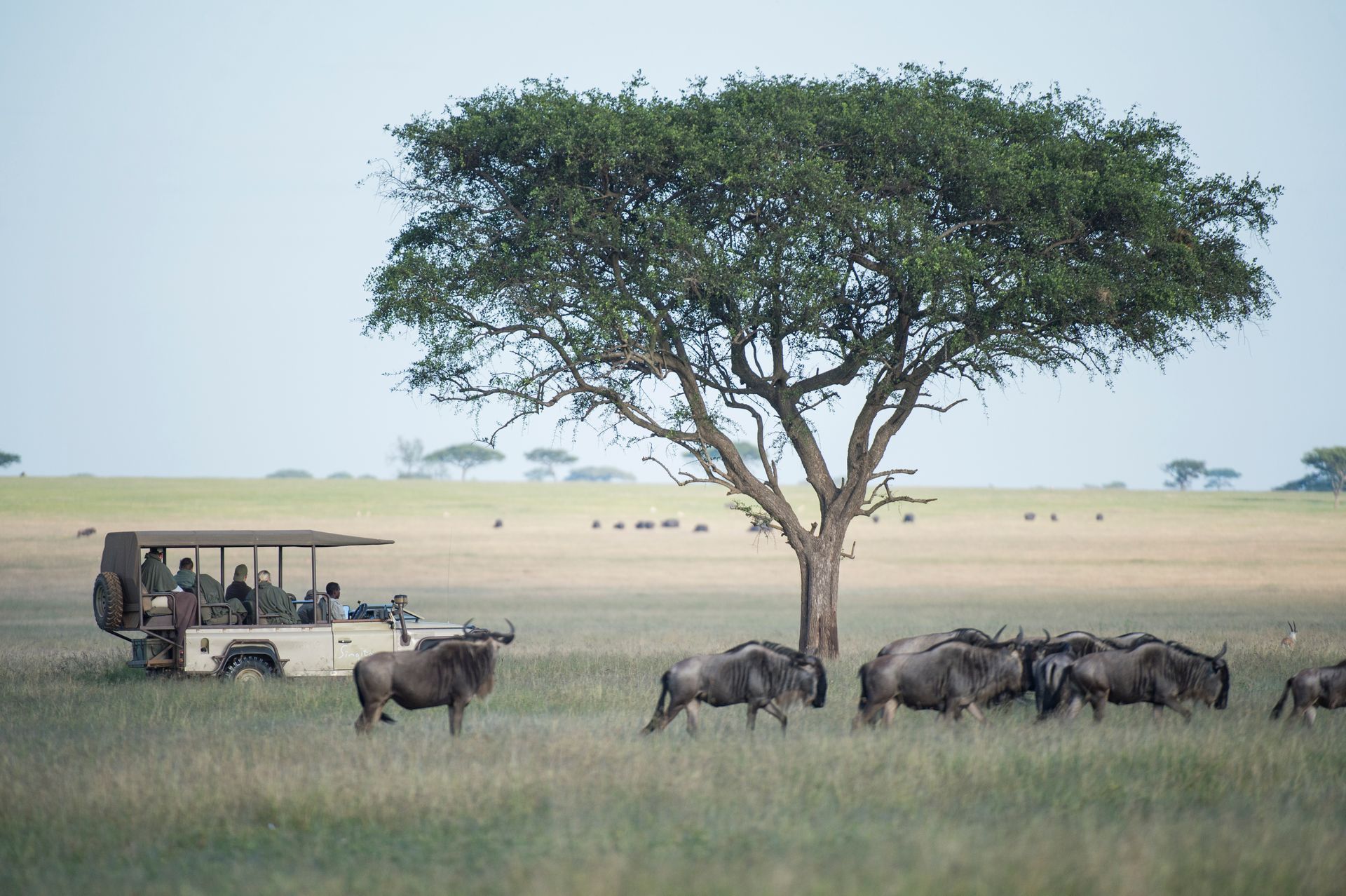
Slide title
Singita Grumeti - just you and the 'beesties
Button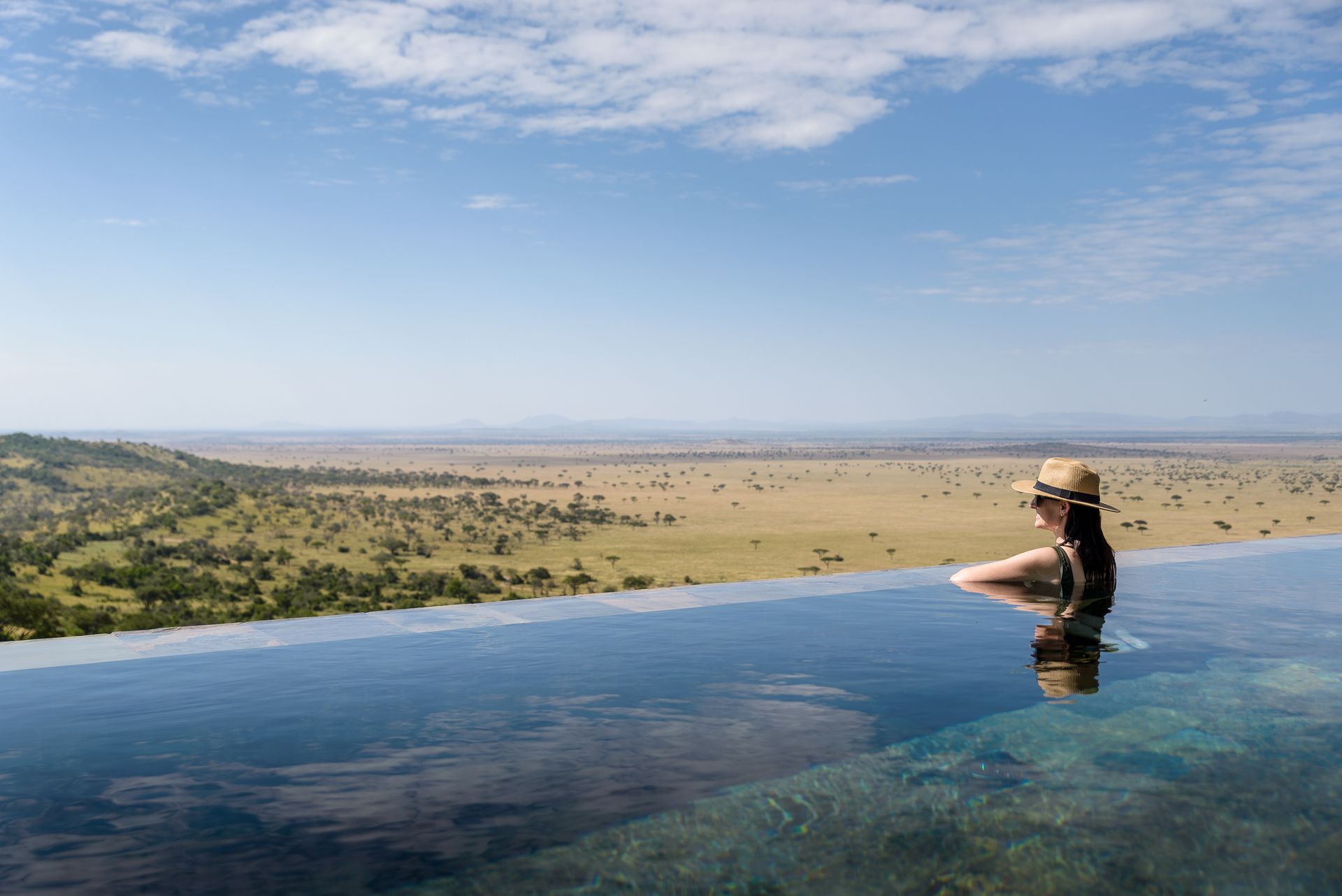
Slide title
Singita Milele -
Button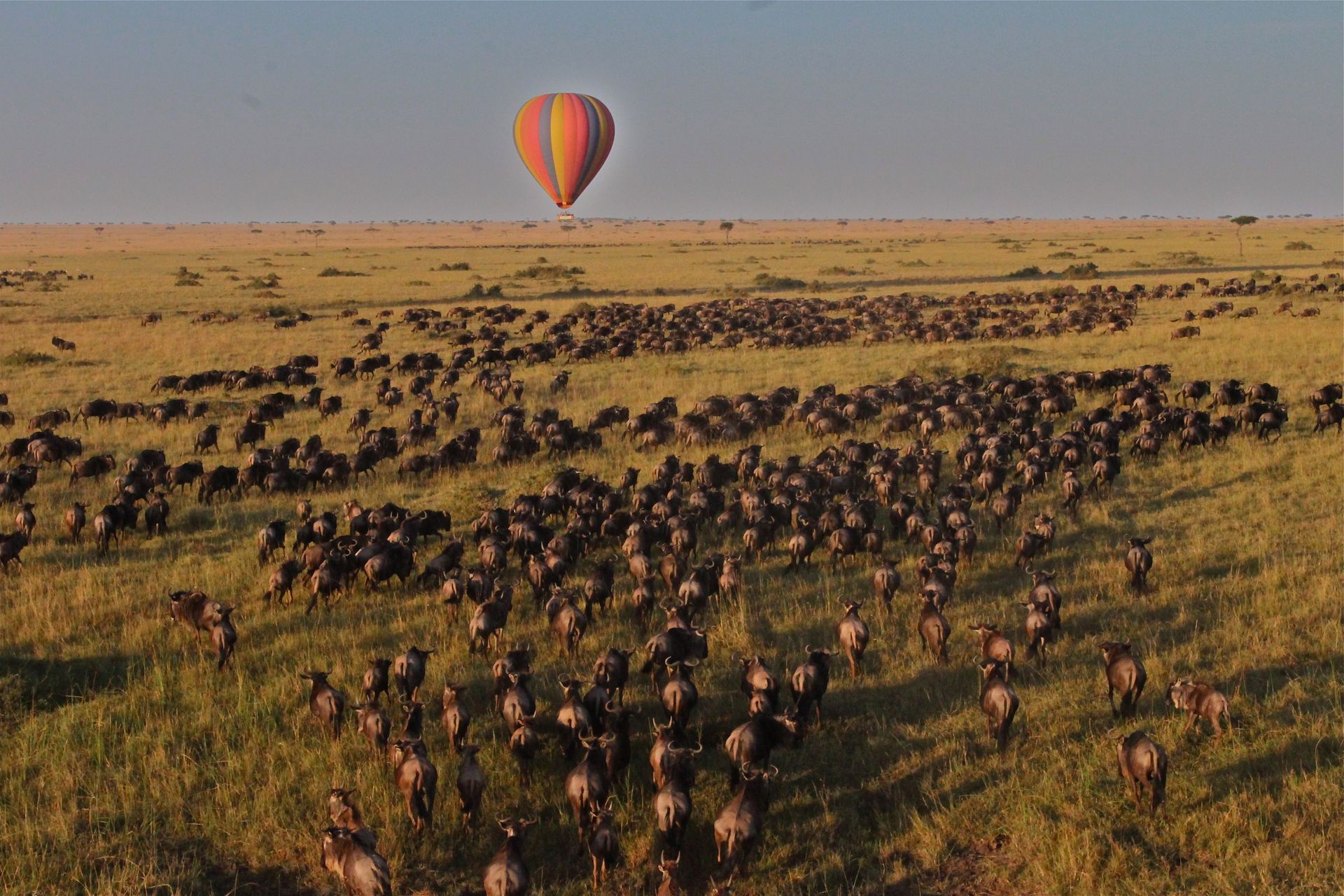
Slide title
Saruni Mara - not a vehicle in sight!
Button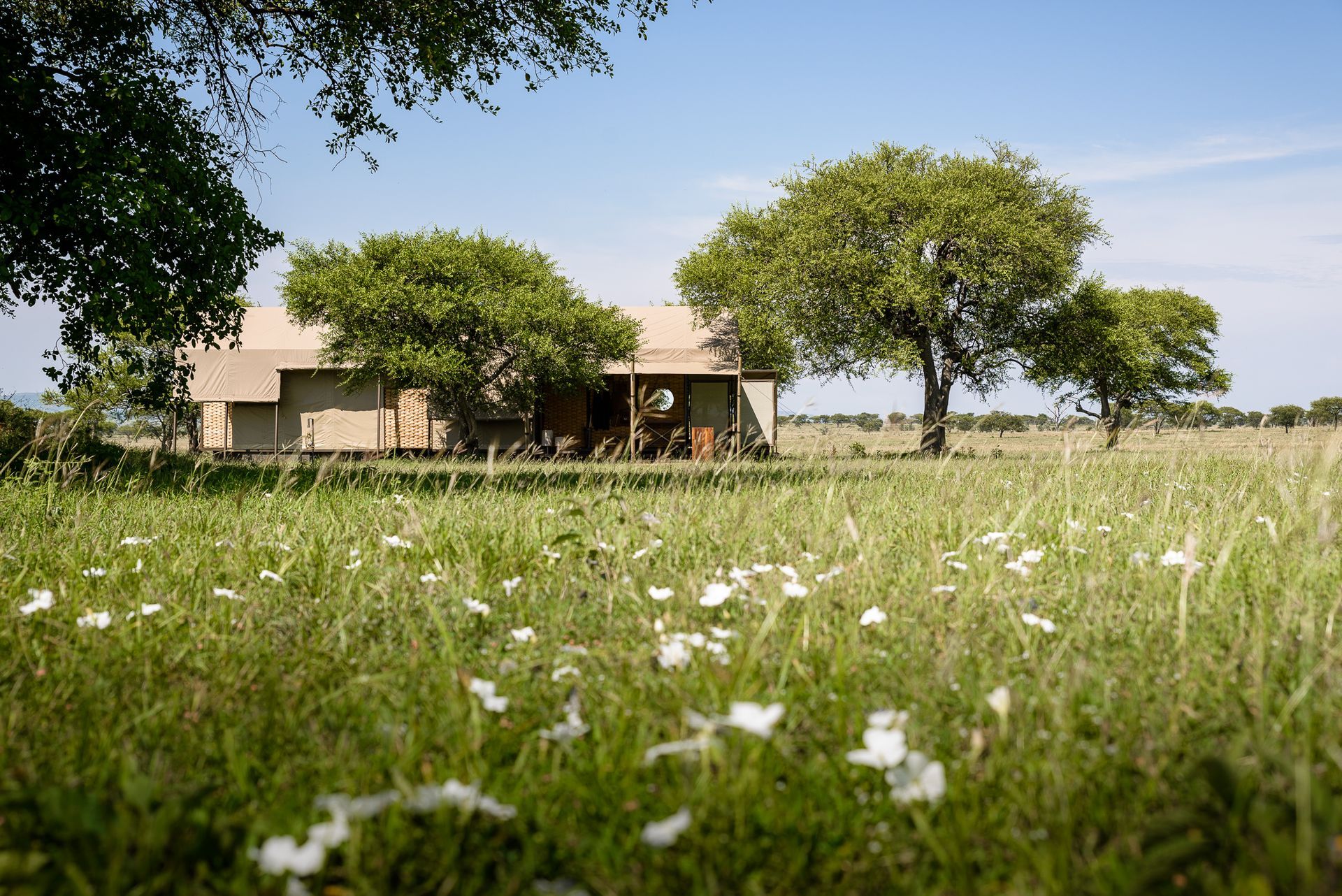
Slide title
Singita Sabora Tented Camp - jaw-dropping!
Button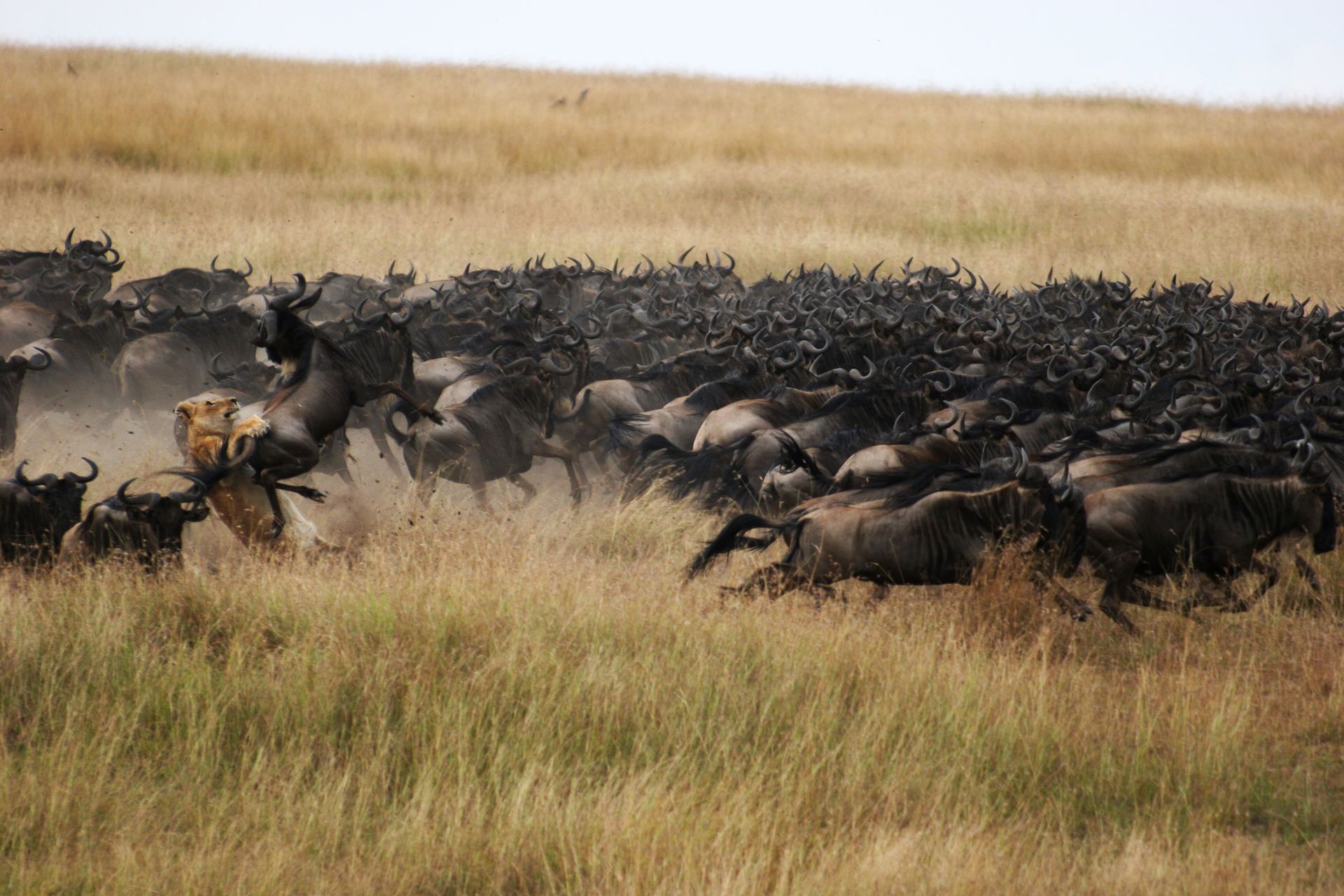
Slide title
Mara Plains Camp - in-your-face action!
Button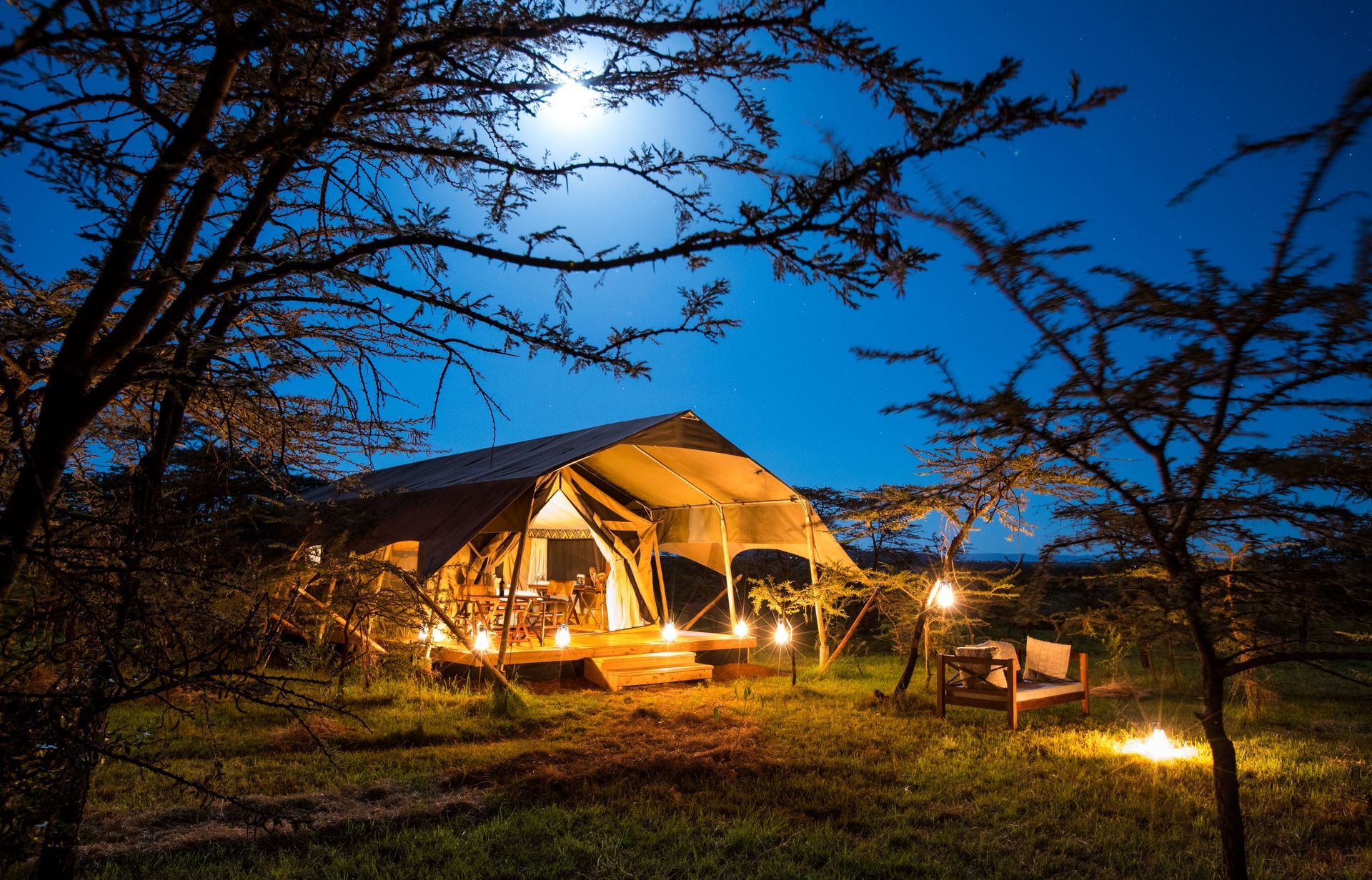
Slide title
Mara Expedition Camp - just gorgeous
Button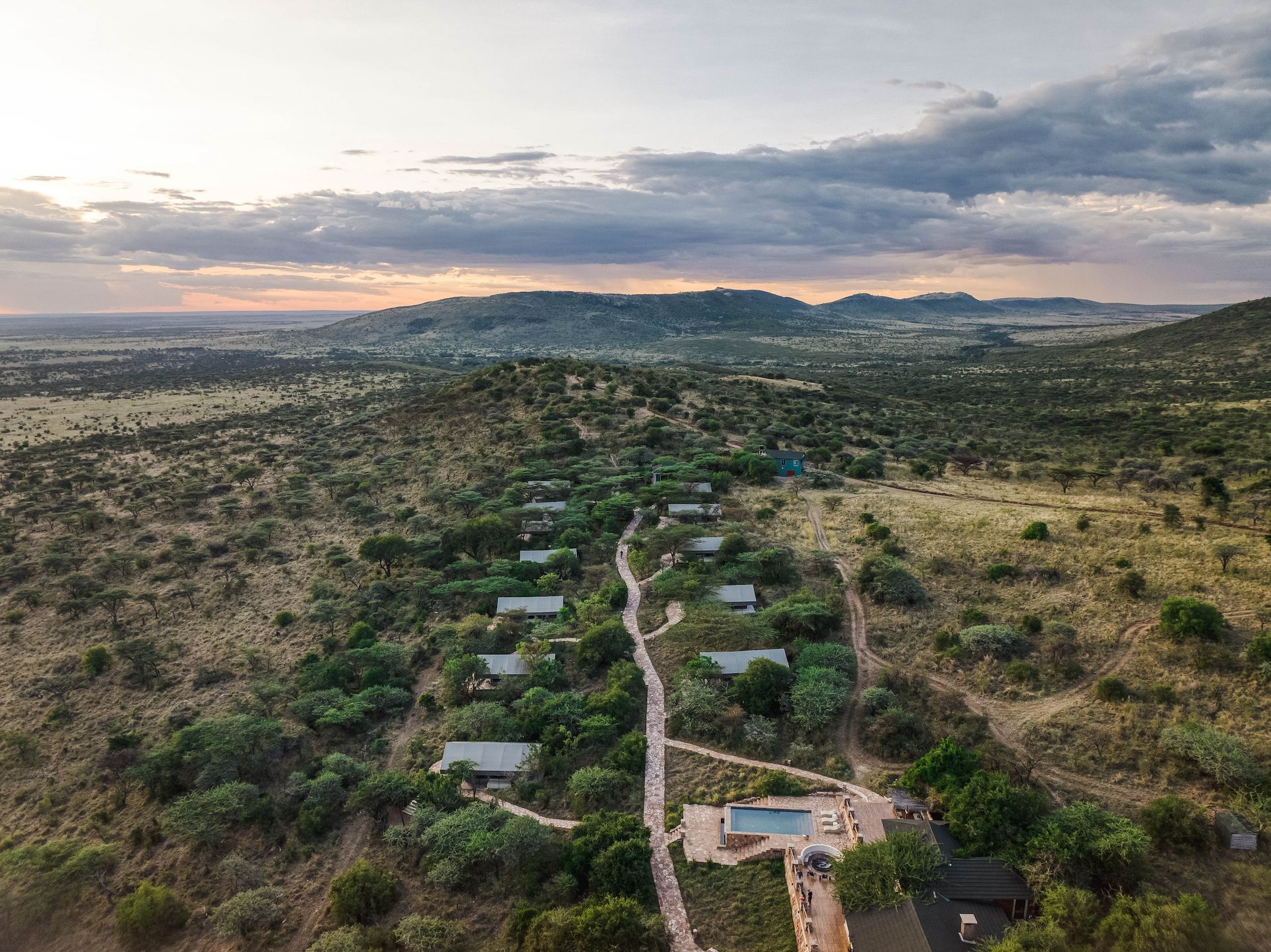
Slide title
Taasa Lodge - gloriously remote
Button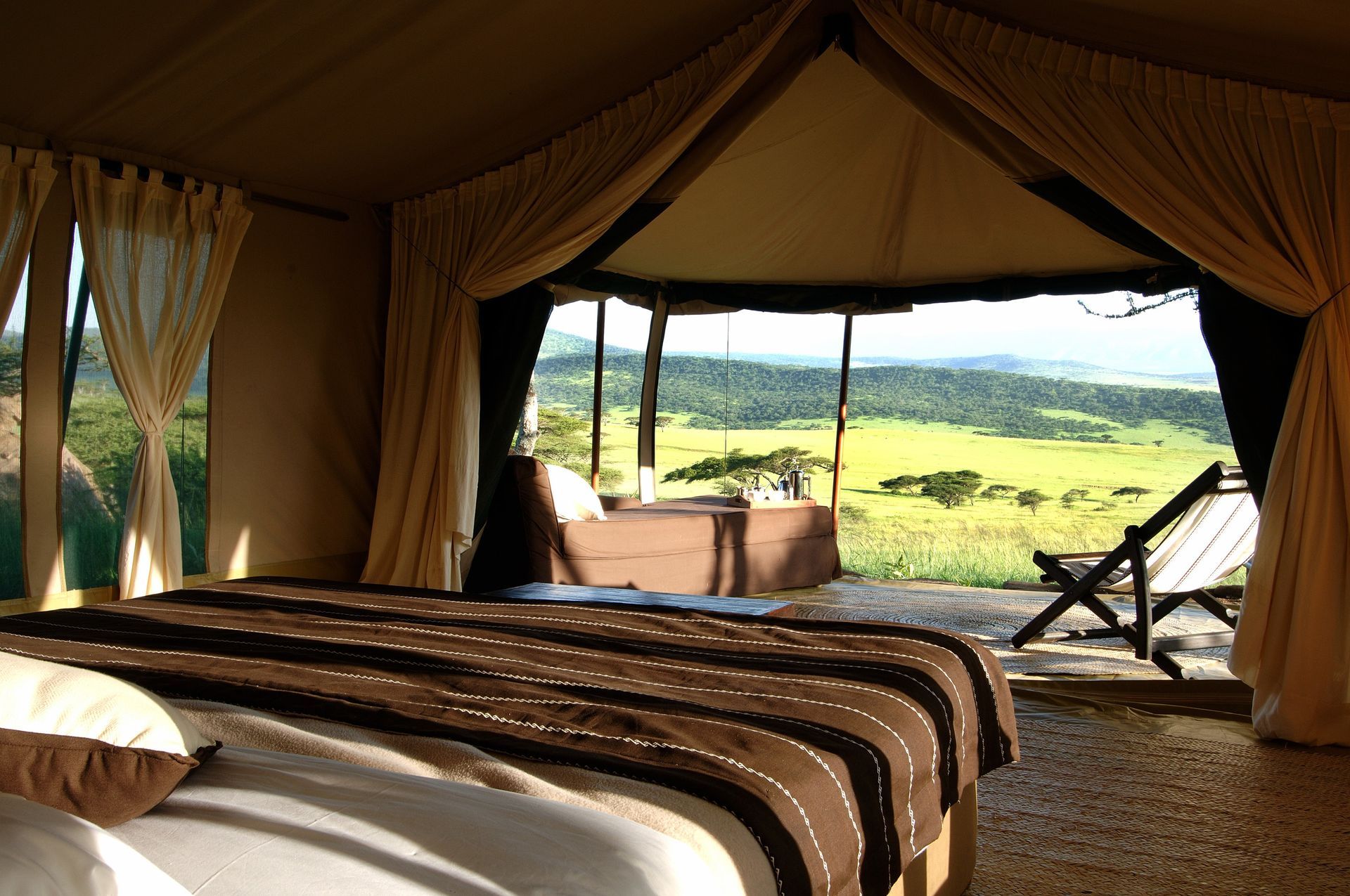
Slide title
Suyan Camp - what a view!
Button
Slide title
Elephant Pepper Camp - sublime!
Button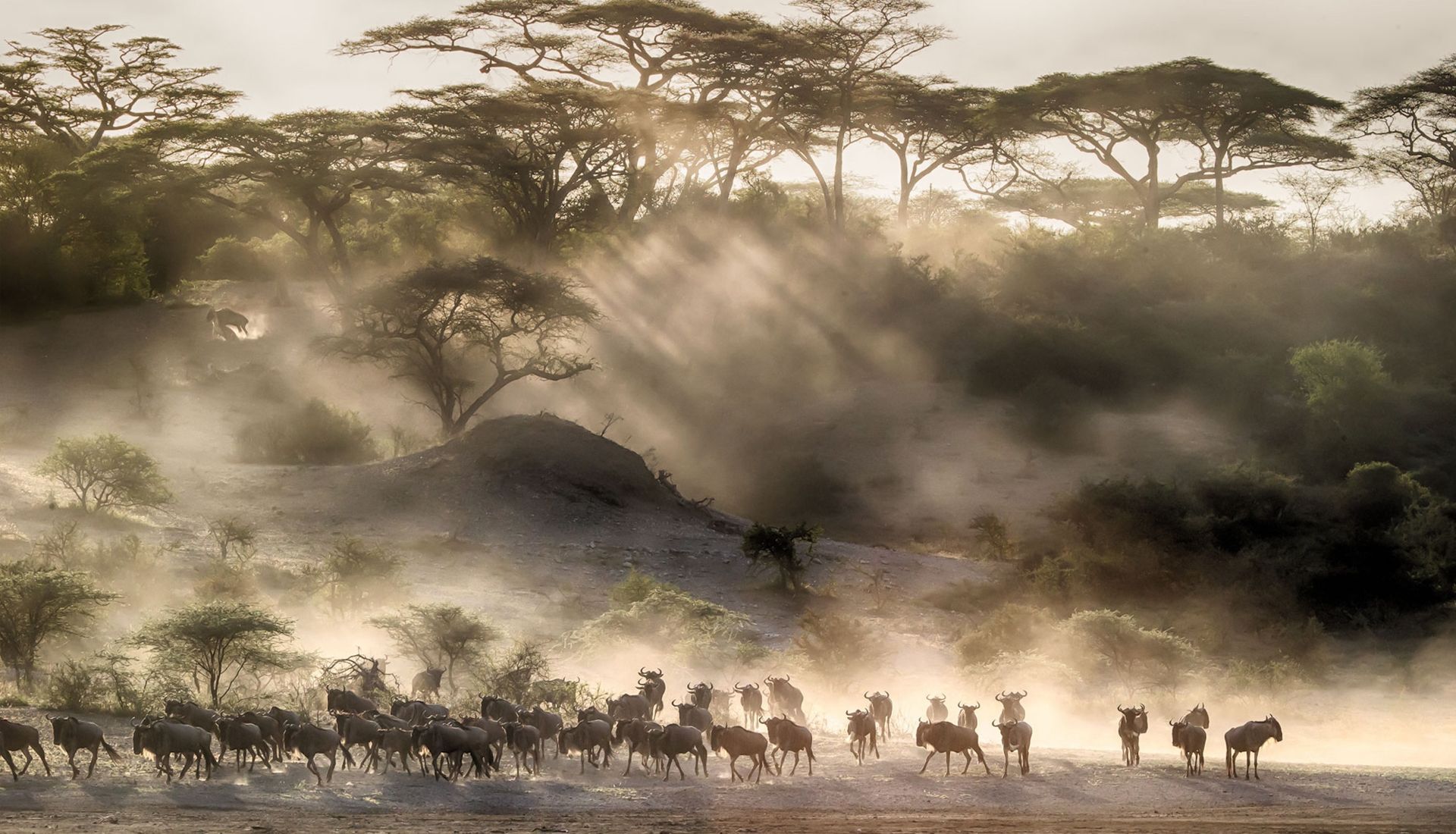
Slide title
Klein's Camp - migration magic at its best
Button
We just don't do mass tourism. And certainly not the madness we've been seeing coming out of this year's Great Wildebeest Migration in both Tanzania's Serengeti National Park and Kenya's Masai Mara National Reserve. Frankly, we've been shocked by some of the appalling videos of hundreds of vehicles pursuing hapless animals in their quest to cross rivers so we've come up with a way to stop the migration madness and blatant overtourism by sending you somewhere altogether more humane - the private conservancies on the edges of the Serengeti and Mara, where wildebeest and zebra are left in peace to do what they do and we just sit back and watch without interfering...
There's not much out there that really gets our goat. We're fairly laid back when it comes to letting everyone have a fair bite of the safari apple and as long as everything benefits people and planet, we're as chilled as proverbial cucumbers in a nice cold fridge. But upset the delicate balance and start behaving like absolute cowboys (apologies in advance to actual cowboys - we love Yellowstone, and you) and we're going to have something to say about it.
Which is why we're taking a stand on the absolute fiasco of more vehicles than wildebeest where the great migration is concerned. There's nothing great about safari guides driving like they're F1 wannabes, going hell for leather after 'beesties, behaving worse than any animal would, predators included.
We absolutely do NOT want our guests to experience the migration in this way. And we absolutely do NOT want animals and the environment treated with such little respect. So, we're promoting a more friendly approach to the migration by highlighting the excellent private conservancies on the edges of the Serengeti and Masai Mara where you just get wildebeest, and zebra, and the usual natural hubbub and none of that inhumane madness masquerading as tourism.
Do you get the same migration experiences? Hell yes. Just without the Black Friday vibe and more vehicles than animals. Let's explore the options...
Mara North Conservancy, Kenya
First up is the Mara North Conservancy (MNC) - a stunning private wilderness stretching over 28,377 hectares, located in the north-western part of the Masai Mara ecosystem, right where it borders Kenya’s renowned Masai Mara National Reserve. Established in 2009, this not-for-profit conservancy is the result of a unique partnership between 12 tourism partners — including camps, lodges, and riding outfits — and more than 1,000 Maasai landowners. Together, they’re committed to creating a world-class conservation area with a long-term focus on preserving the environment, supporting wildlife, and empowering local communities.
MNC champions low-density tourism, aiming for an exclusive safari experience with an ideal ratio of 142 hectares per bed. This thoughtful approach ensures minimal environmental impact while offering guests a more intimate connection with the landscape. The conservancy fees collected by the tourism partners directly support monthly lease payments to Maasai landowners and fund expert land management efforts.
The conservancy is governed by a board of directors, with equal representation from both the tourism partners and landowners. They work hand in hand with the Maasai Landowners' Committee, setting the course for short and long-term conservation goals. For the first time, Maasai landowners are receiving significant, direct income from wildlife through this collaborative effort. Together, MNC and the Maasai community are embracing sustainable land management, controlled grazing, low-impact tourism, and smart community land-use strategies, setting a powerful example for conservation-driven development.
Here are some of our fave camps in Mara North Conservancy:
Saruni Basecamp Mara Bush Houses
Olare Motorogi Conservancy, Kenya
We also love Great Plains Conservation's Mara Plains Camp and Mara Expedition Camp on the private 13,300-hectare Olare Motorogi Conservancy, just on the Maasai Mara National Reserve’s northern boundary. These intimate camps blend the finest in wildlife viewing with superlative safari hospitality and guiding. Offering extensive traversing with access to a total of 40,000 hectares of private conservancy land as well as the world-renowned Masai Mara, the Olare Motorogi Conservancy has an incredible density of big cats and only one guest bed per 140 hectares, leaving the land unadulterated for the wildlife to roam and thrive.
Singita Grumeti Reserve
Next up, we move to Tanzania and Singita Grumeti Reserve. Originally established by the Tanzanian government in 1994 to safeguard the route of the iconic annual wildebeest migration and the rich biodiversity of this vast ecosystem, in 2002, the Grumeti Community and Wildlife Conservation Fund (now known as the Grumeti Fund), a not-for-profit organisation, was entrusted with managing these 141,640 hectares for the benefit of Tanzania, Africa, and the world. Four years later, Singita took over the management of the reserve, enhancing its reputation for low-impact, luxury tourism.
Through the Grumeti Fund, a remarkable journey began to secure the long-term sustainability of the reserve, blending conservation efforts with meaningful community partnerships. The Serengeti plains within the reserve are alive with wildlife, hosting vast herds of plains game, apex predators, and, of course, the awe-inspiring spectacle of the wildebeest migration.
As stewards of this wilderness that's part of the Serengeti ecosystem, Singita's partnership with the Grumeti Fund has had a transformative impact. From the moment they took over management in 2003, the Fund faced serious challenges—uncontrolled illegal hunting, wildfires, and the spread of invasive species. Yet, their dedication has turned this once depleted area into a thriving wilderness.
The rebound in wildlife populations is astonishing, with buffalo, wildebeest, and elephant numbers soaring. Perhaps most impressively, in 2019, the Fund successfully carried out the largest single reintroduction of the critically endangered Eastern Black Rhino, releasing nine individuals back into the wild.
The Grumeti Fund remains fiscally independent, powered by donations from Singita guests, NGOs, and philanthropists who are passionate about supporting the future of conservation in Africa. Their ongoing success is a testament to the power of focused conservation efforts and the belief that wildlife and community development can thrive together.
Lodges and camps in Grumeti Reserves:
Loliondo Game Controlled Area, Tanzania
Finally, we're heading over to the Loliondo Game Controlled Area (LGCA) on the edge of the Serengeti National Park which plays a vital role in the Great Wildebeest Migration route through the Greater Serengeti ecosystem. Just 20km north of Lobo, accessed through Klein’s Gate, this expansive area stretches over 4,000 square kilometres along the northeastern border of the Serengeti and the northern edge of the Ngorongoro Crater Area. Home to the Maasai, Loliondo serves as a crucial buffer zone to the park, where Maasai herders graze their cattle alongside roaming wildlife.
This unique landscape also hosts several safari lodges and camps, set on concessions that range from a few dozen to several thousand hectares. The crown jewel of these is Klein’s Camp, widely regarded as one of Tanzania’s premier wildlife viewing destinations. As an exclusive private reserve, Klein’s Camp offers exceptional wildlife experiences, including night drives and bush walks — activities not permitted within the national park itself. With its breathtaking scenery and abundant wildlife, Loliondo promises an unforgettable adventure.
Camps in Loliondo:
Suyan Camp
So, if you want to see the Great Migration is all its natural glory, let's chat about getting you a front row seat to all of the action, and none of the madness.
Text: Sharon Gilbert-Rivett
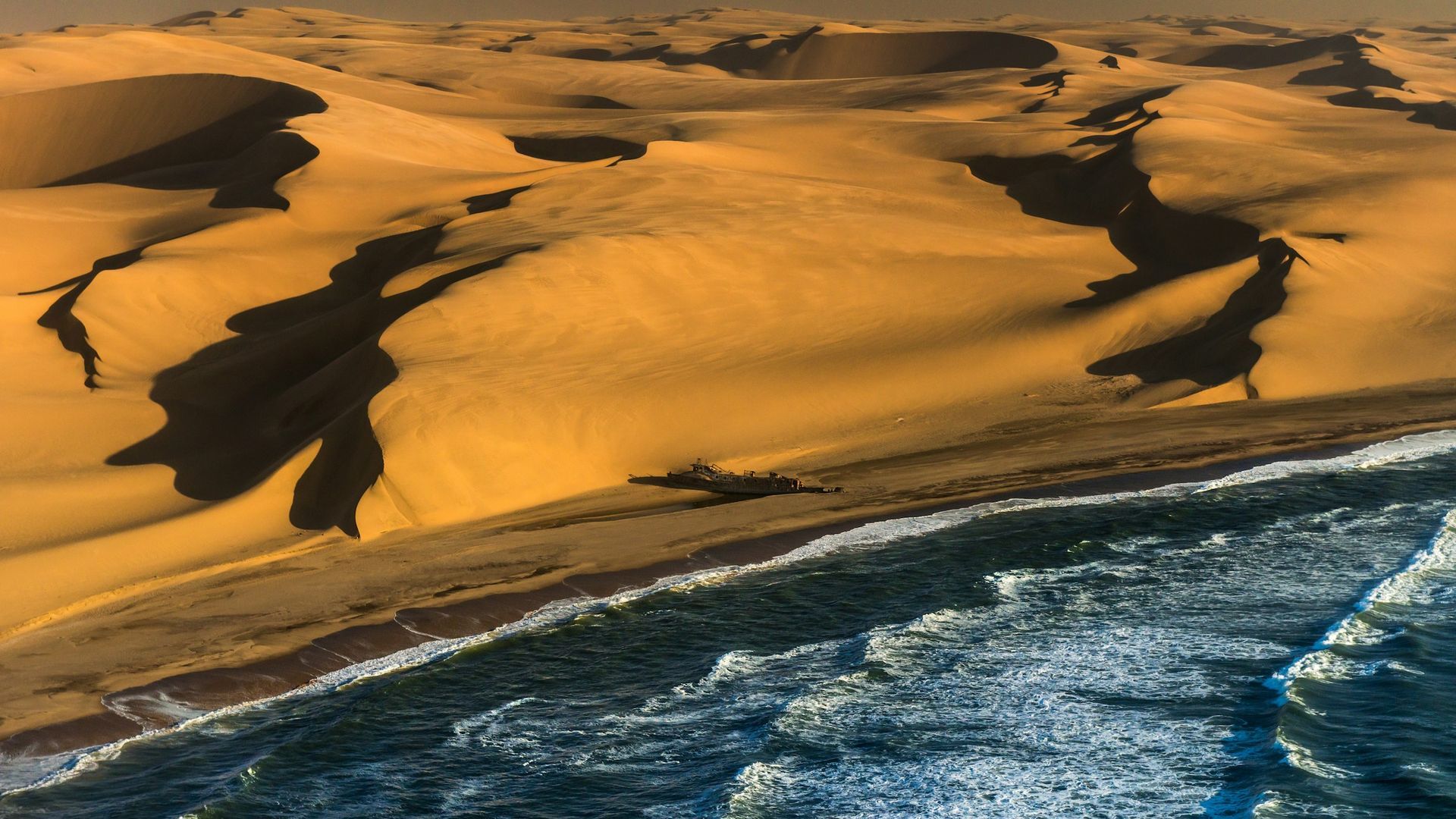
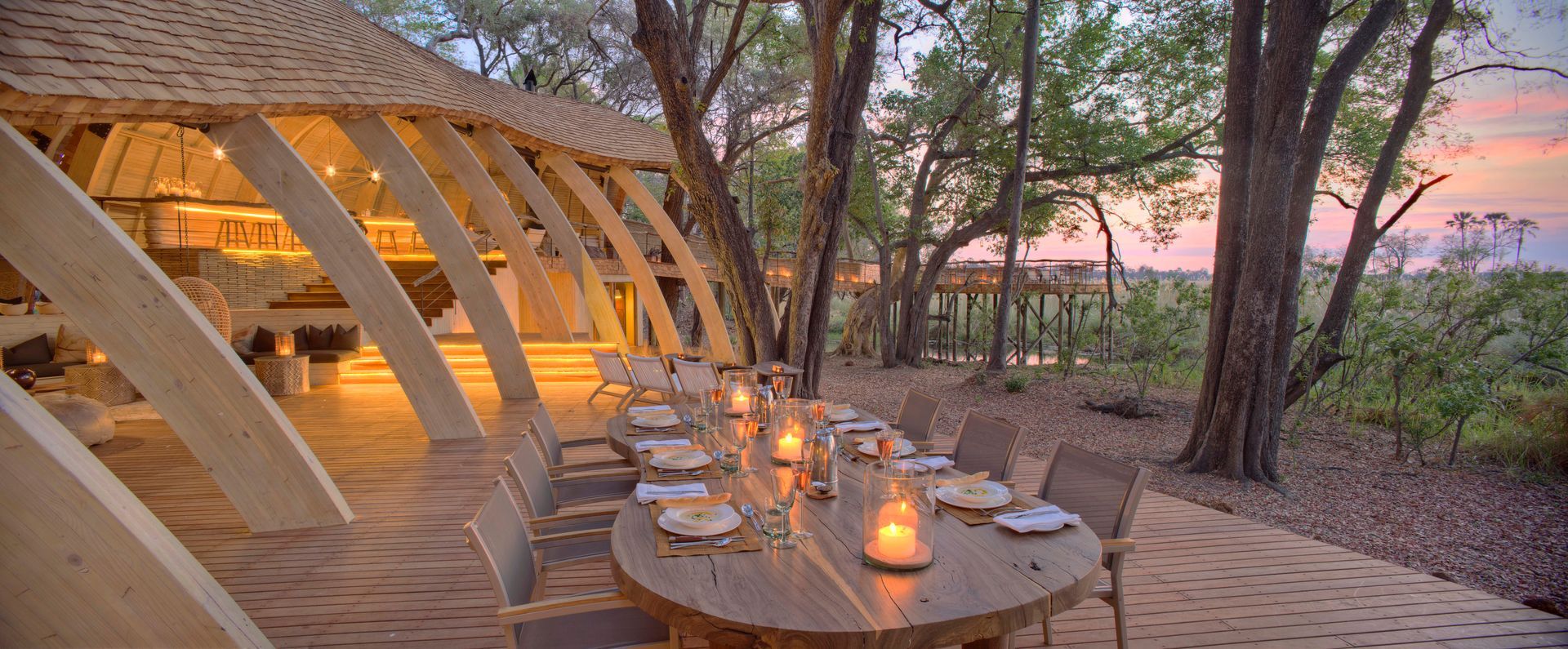
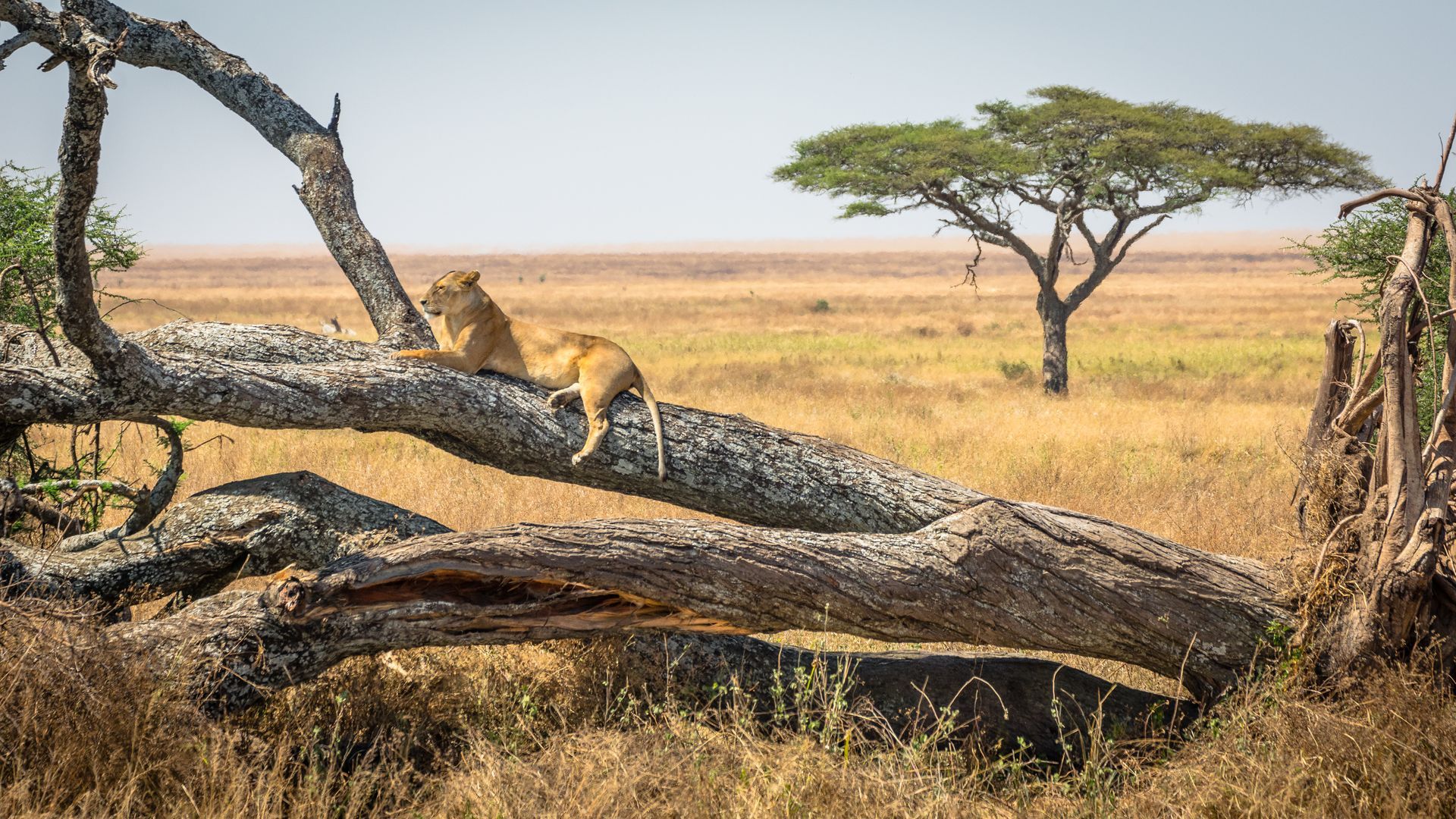
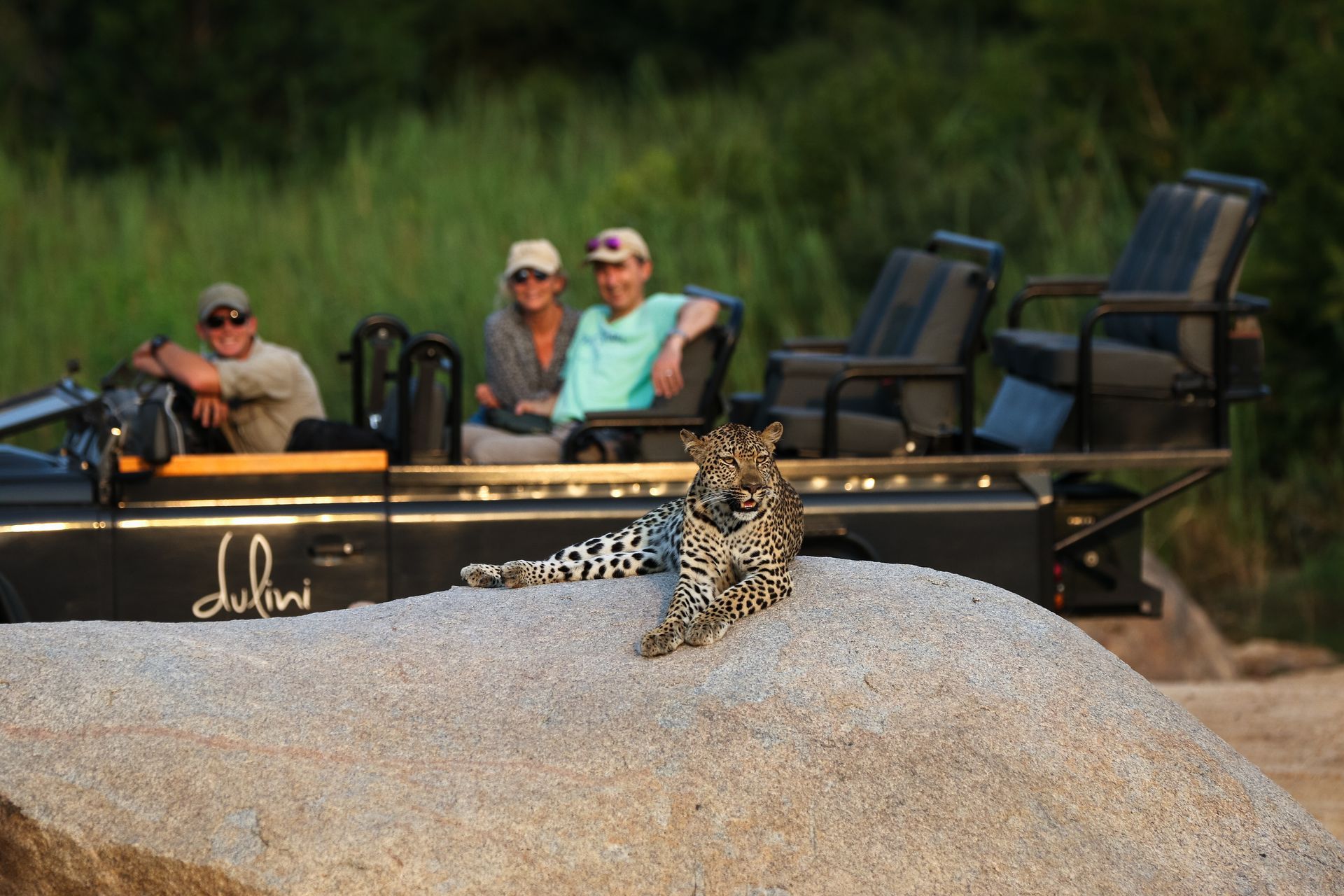
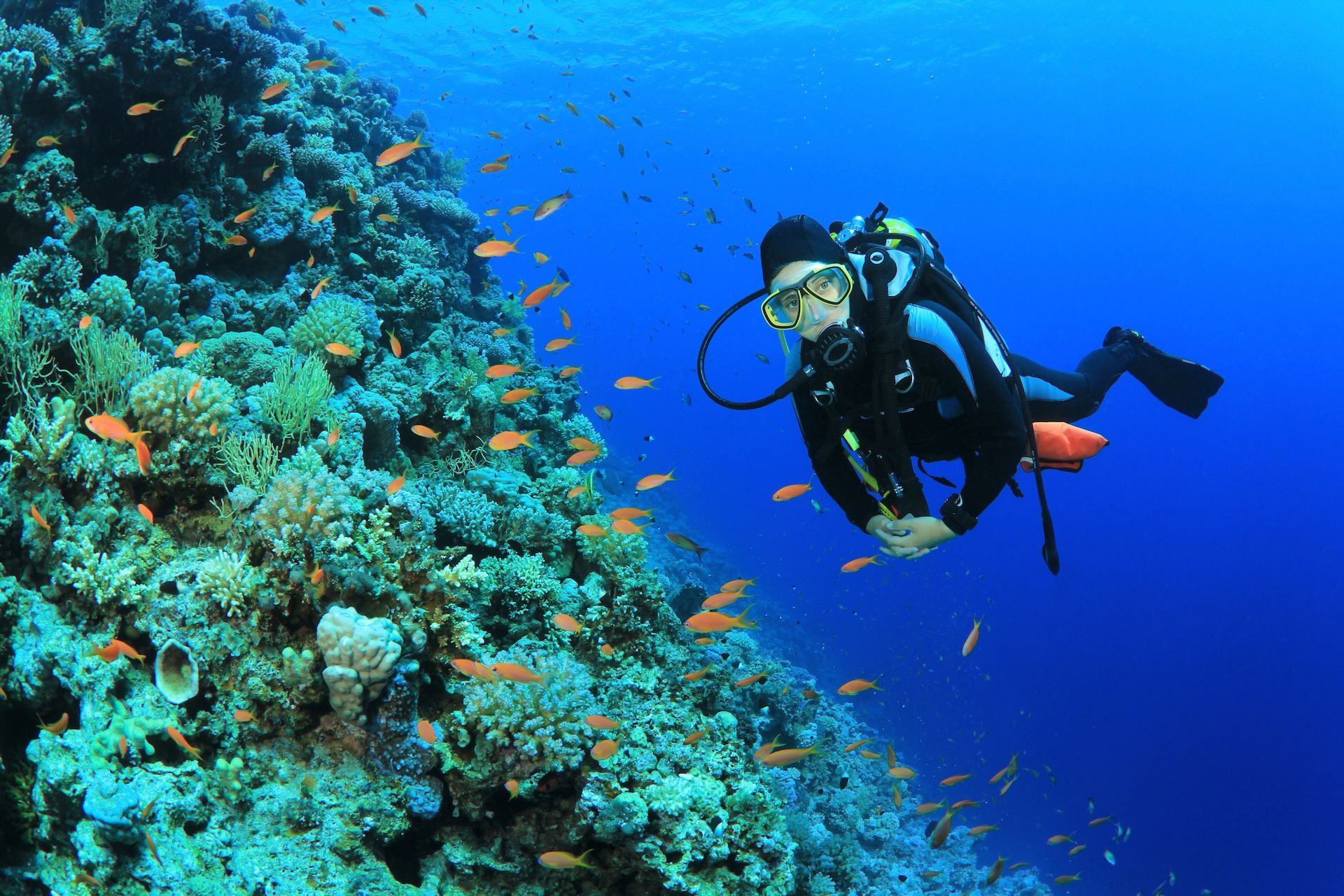
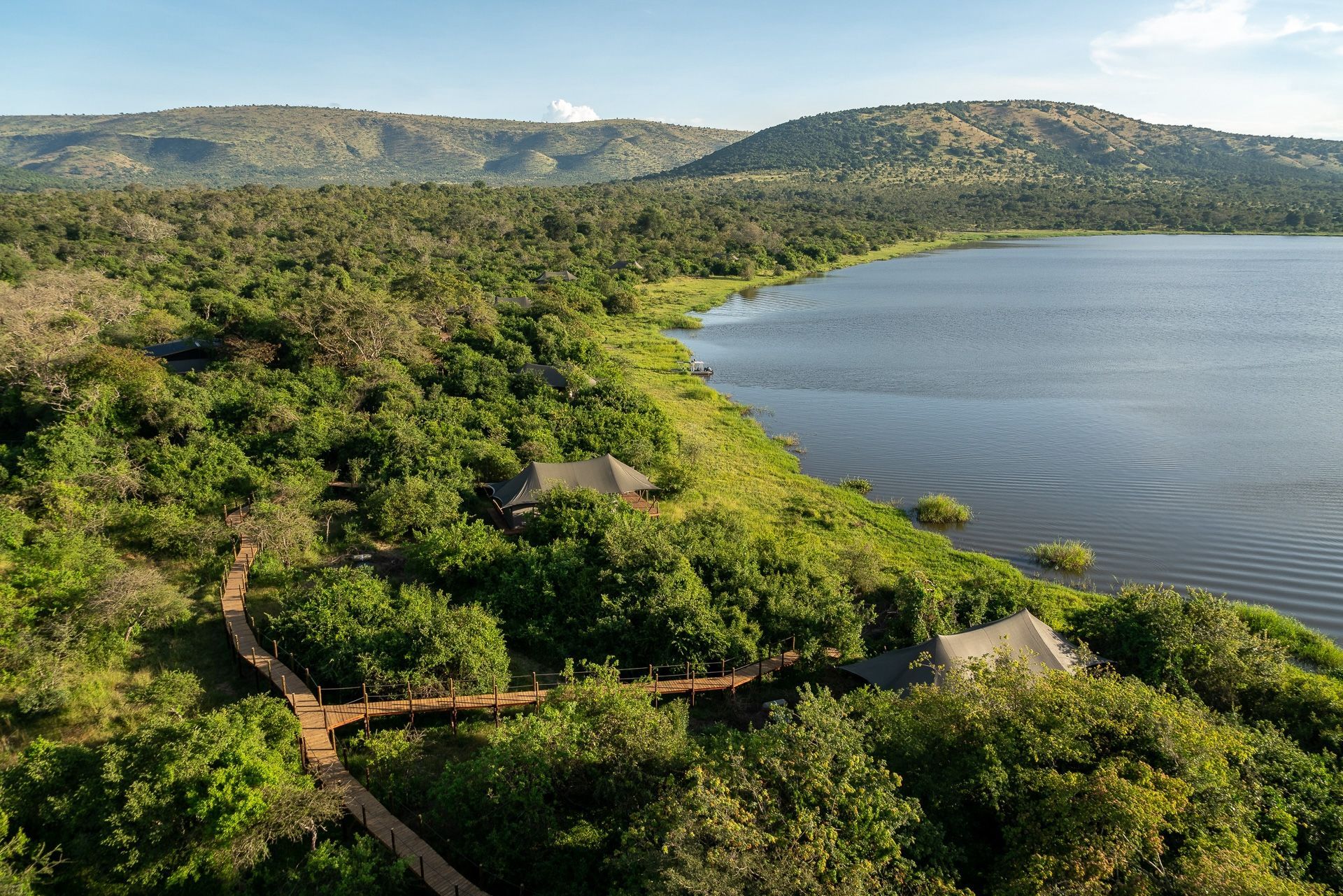
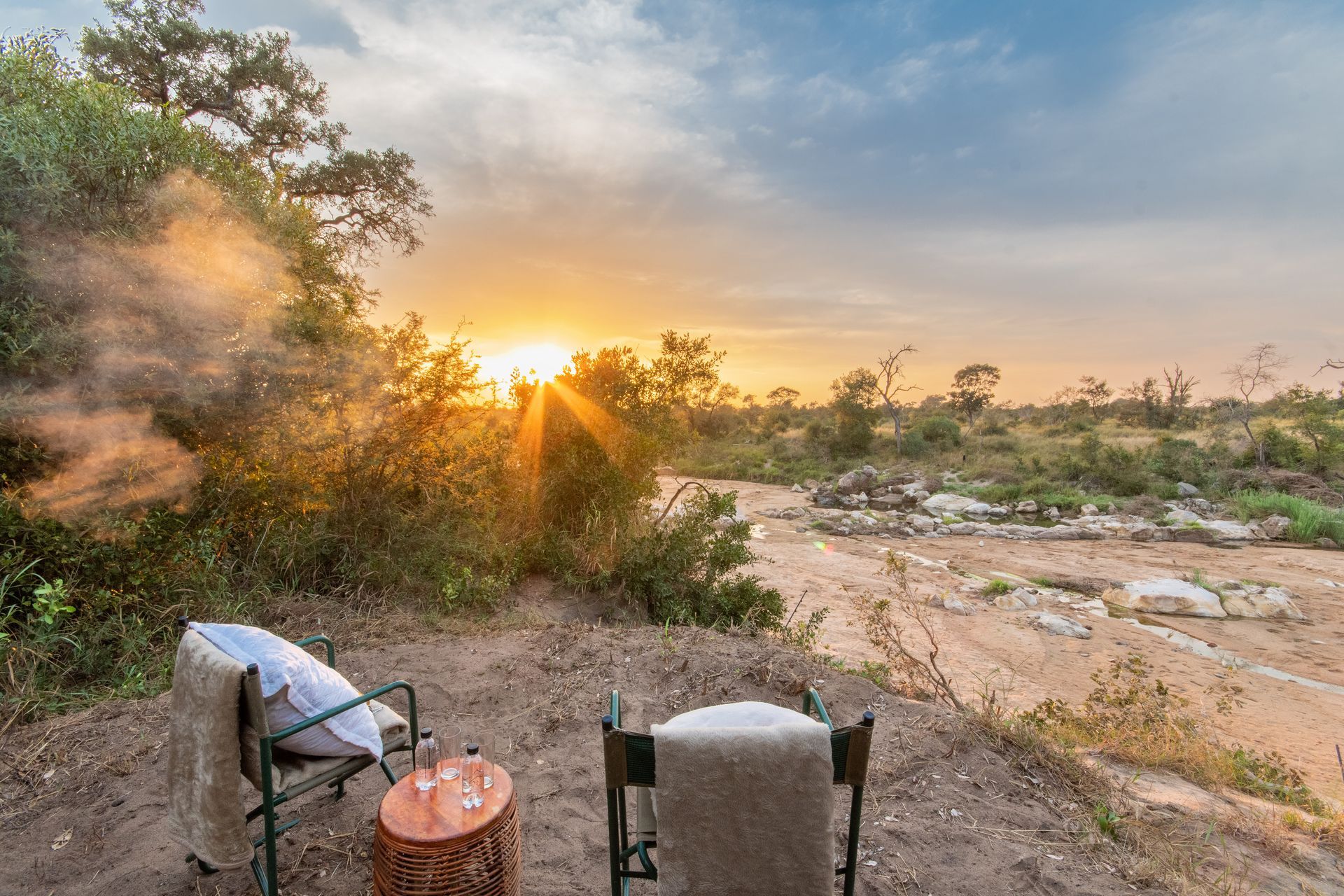
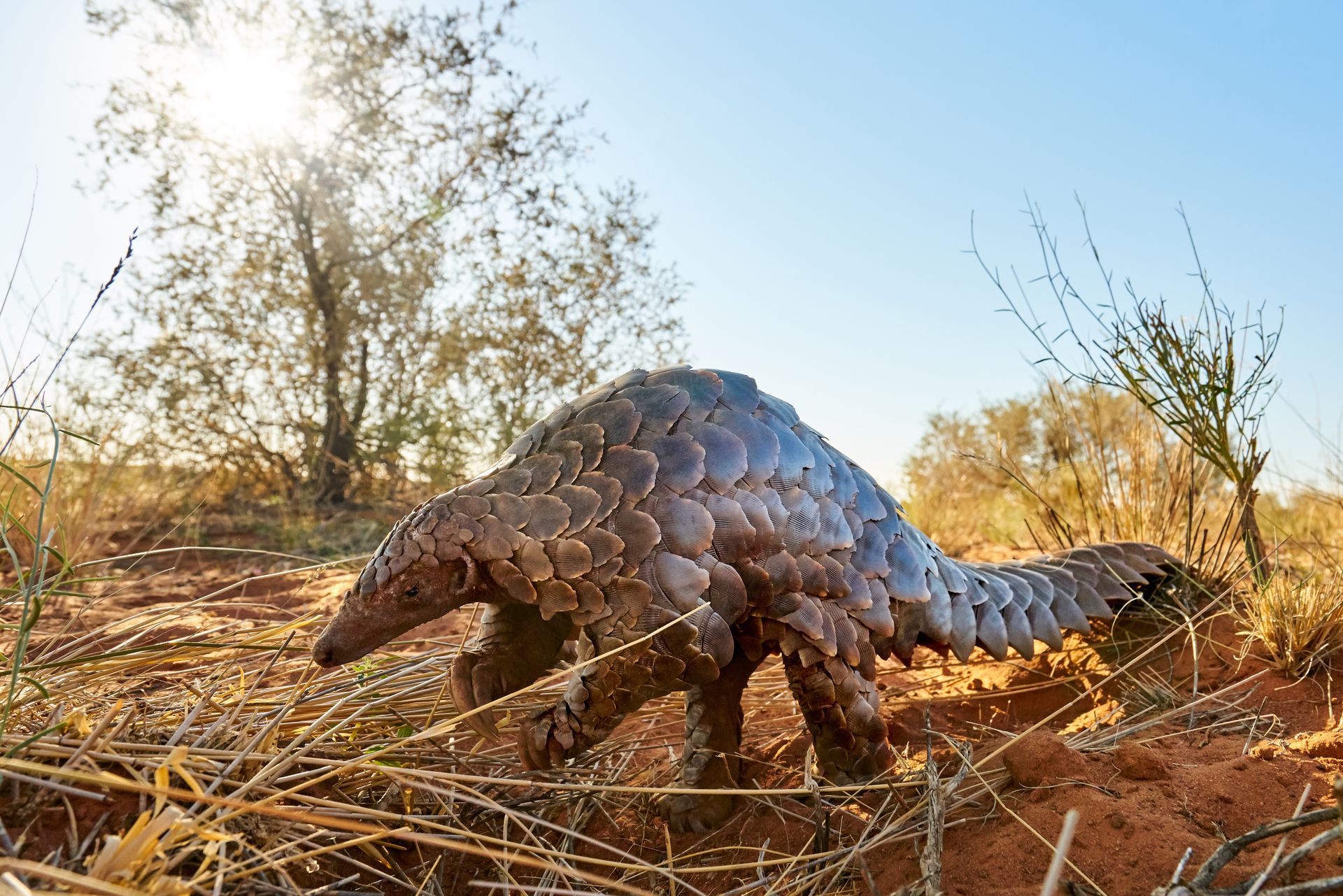
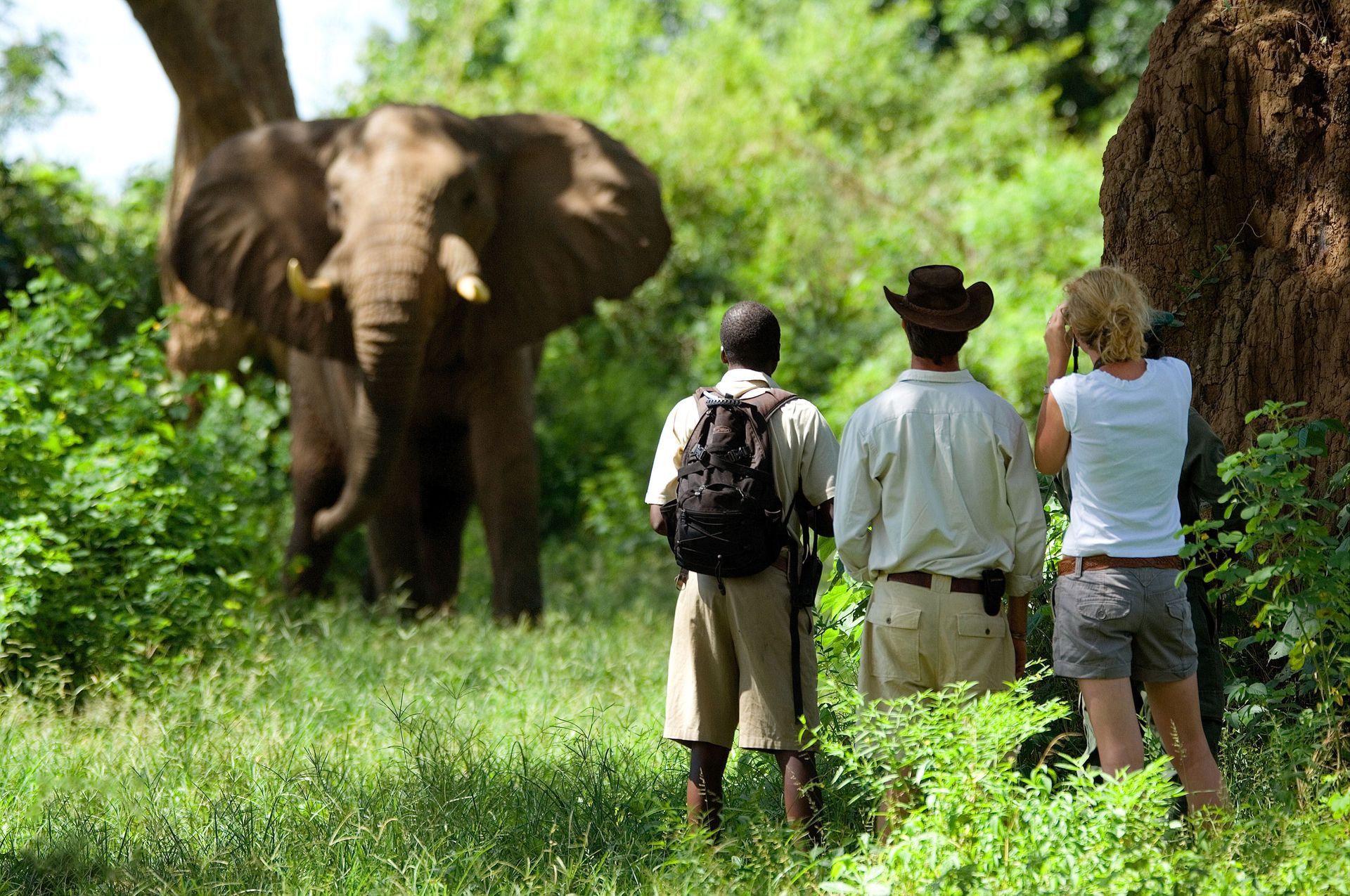
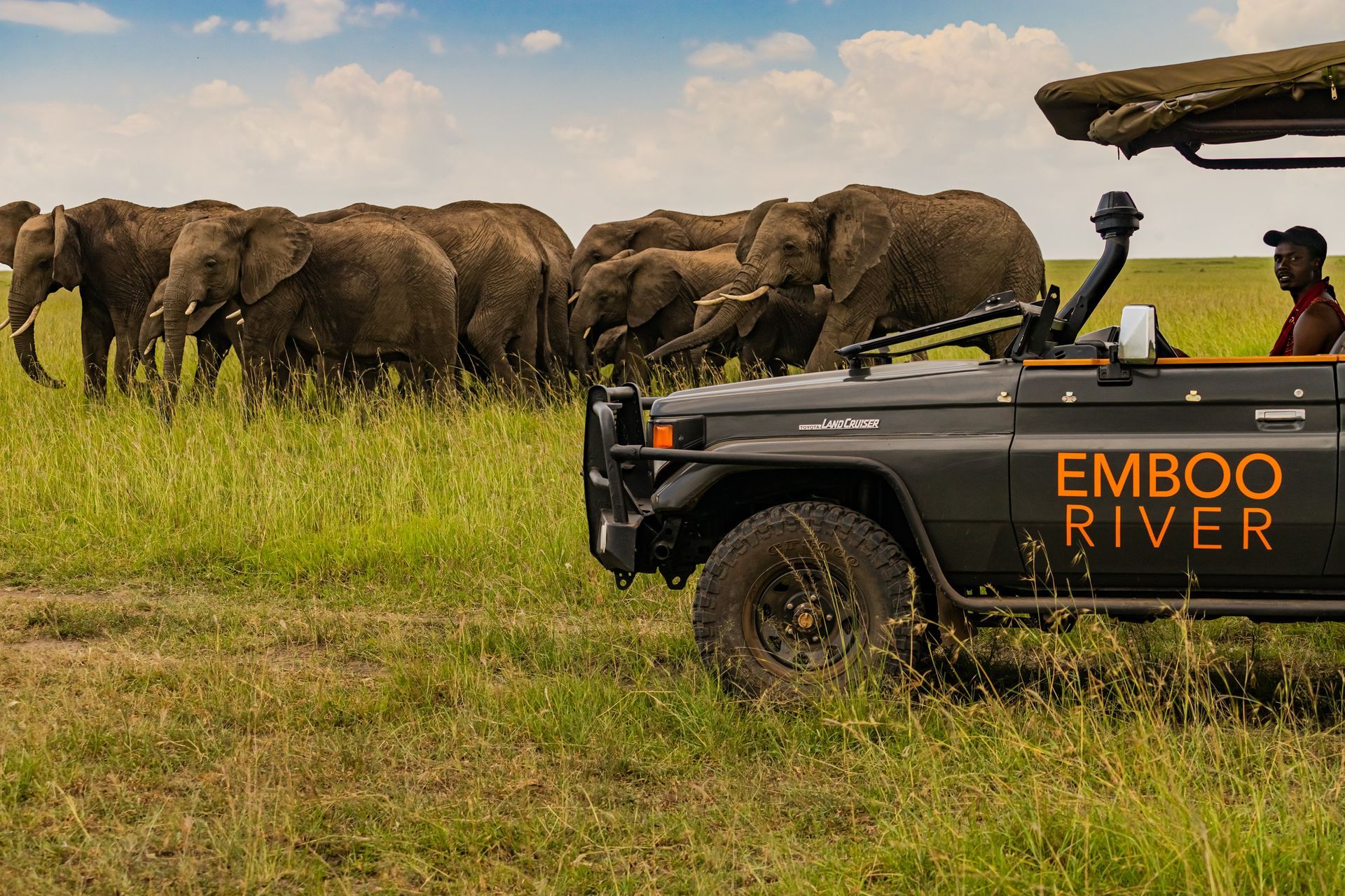
Designed & powered by: The Safari Collective
All Rights Reserved | Zafaris
All Rights Reserved | Zafaris
Designed & powered by:
